Now more than ever, people are suffering from anxiety. In a time when our normal routine has been turned upside down and the ways in which we typically process our experiences (community, exercise, being outdoors, etc.) are less accessible, this makes complete sense.
Let’s zoom out and discuss the perspective that makes up our experiences (physical, emotional, mental). Footprints of traumatic experiences (injury, illness, heartache, stress) can become stored in the body and manifest as restrictions for many reasons, especially when they aren’t sufficiently processed. Craniosacral therapy (CST) is a gentle hands-on technique that uses a light touch to examine membranes and movement of the fluids in and around the central nervous system1 that can effectively assist our body in reducing anxiety.
I’ll use an analogy of pebbles in a stream. Each restriction is a pebble thrown into a quiet stream of water (your body). The innately resilient body compensates by flowing around the pebble. The nervous system, which interconnects our entire body (the stream), is also affected as it takes in information and coordinates responses. Without taking measures to process these experiences (reducing pebbles in the stream) or if they happen at an overwhelming pace or scale, they accumulate, and so do the compensations made for each of them. If there are enough pebbles in the stream, rapids are created, and the once quiet stream gets noisy. Here the “noise” represents symptoms including chronic pain, headaches, TMJ, IBS, depression, anxiety, and more. It’s our body’s way of letting us know that self-care needs to be prioritized.
I first learned about CST as a medical student when a classmate asked if she could practice on me. I didn’t know anything about it at the time but happily agreed. While she was working on me, I didn’t think she was “doing” anything except holding my head. After several minutes, a wave of emotion bubbled up, and I wept. Then, after a minute or two, I felt a deep sense of calm. She continued what she was doing but also held the space for me, letting me know this response was okay and if I wanted to talk, I could, but if I wanted to remain silent, that was okay, too. It was at that moment that I knew this gentle yet profound treatment would be a form of healing I provide to my patients.
CST practitioners are trained to sense the subtlest movements, including the interplay between the cranial bones and the rhythm of the cerebral spinal fluid, which bathes our brain and spinal column. In a session, patients remain clothed, lying face up on a massage table. Areas of restriction (physical, physiological, energetic) are identified and treated accordingly. Treatment involves light pressure and movements in precise locations. Nothing is forced. After restrictions release, normal patterns of movement are restored, and the nervous system becomes calm. Patients usually feel a deep sense of relaxation.
Both natural and conventional medical communities recognize craniosacral therapy as a safe and effective approach to improve health and maintain a sense of calm, ideal during these challenging times.
Dr. Jainuddin is a naturopathic doctor at One Life Naturopathic and can be reached at (442) 256.5963. For more information on craniosacral therapy and a complete list of services visit www.OneLifeNaturopathic.org.
Reference:
1) https://my.clevelandclinic.org/health/treatments/17677-craniosacral-therapy
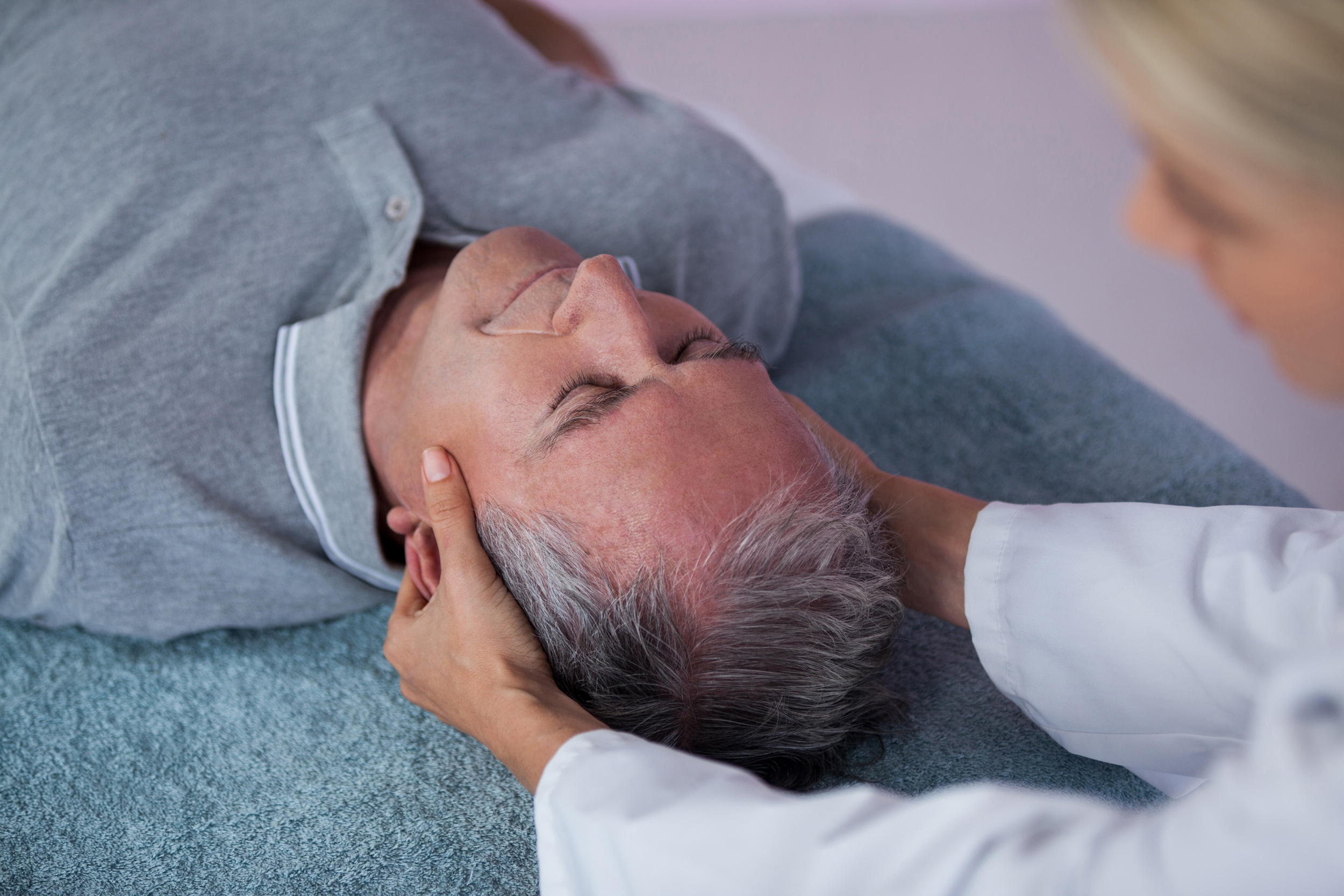







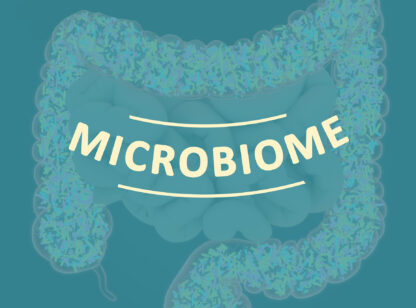
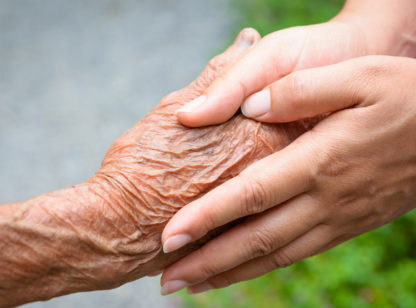


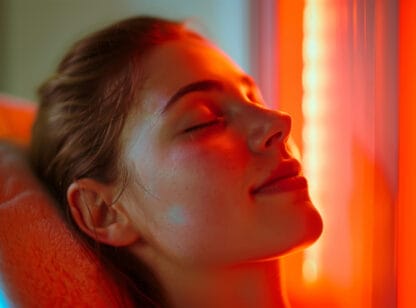


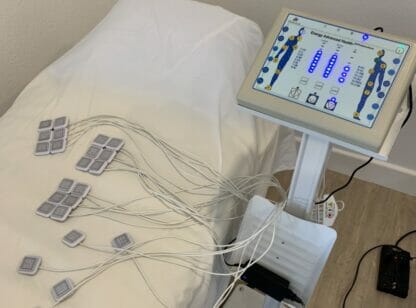

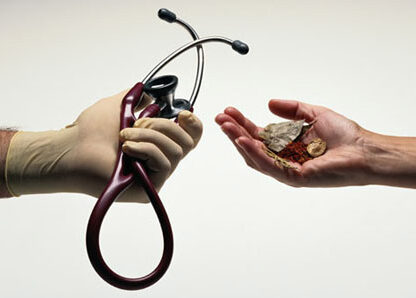




























Comments (1)
I live in Palm Desert, CA!! Are there any CST clinics here!?